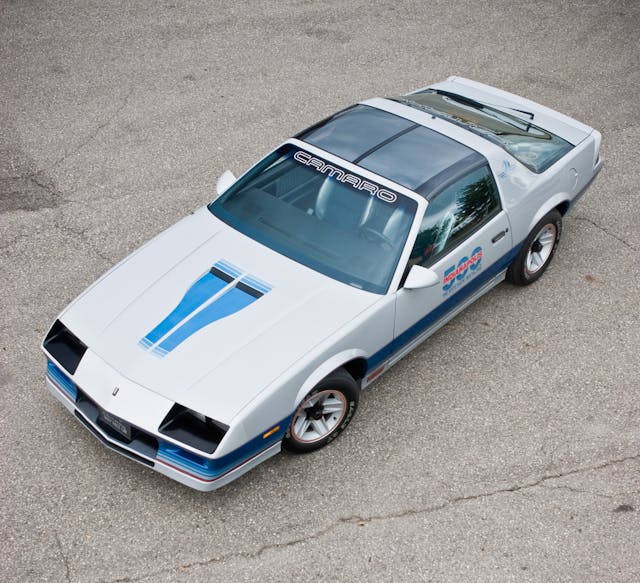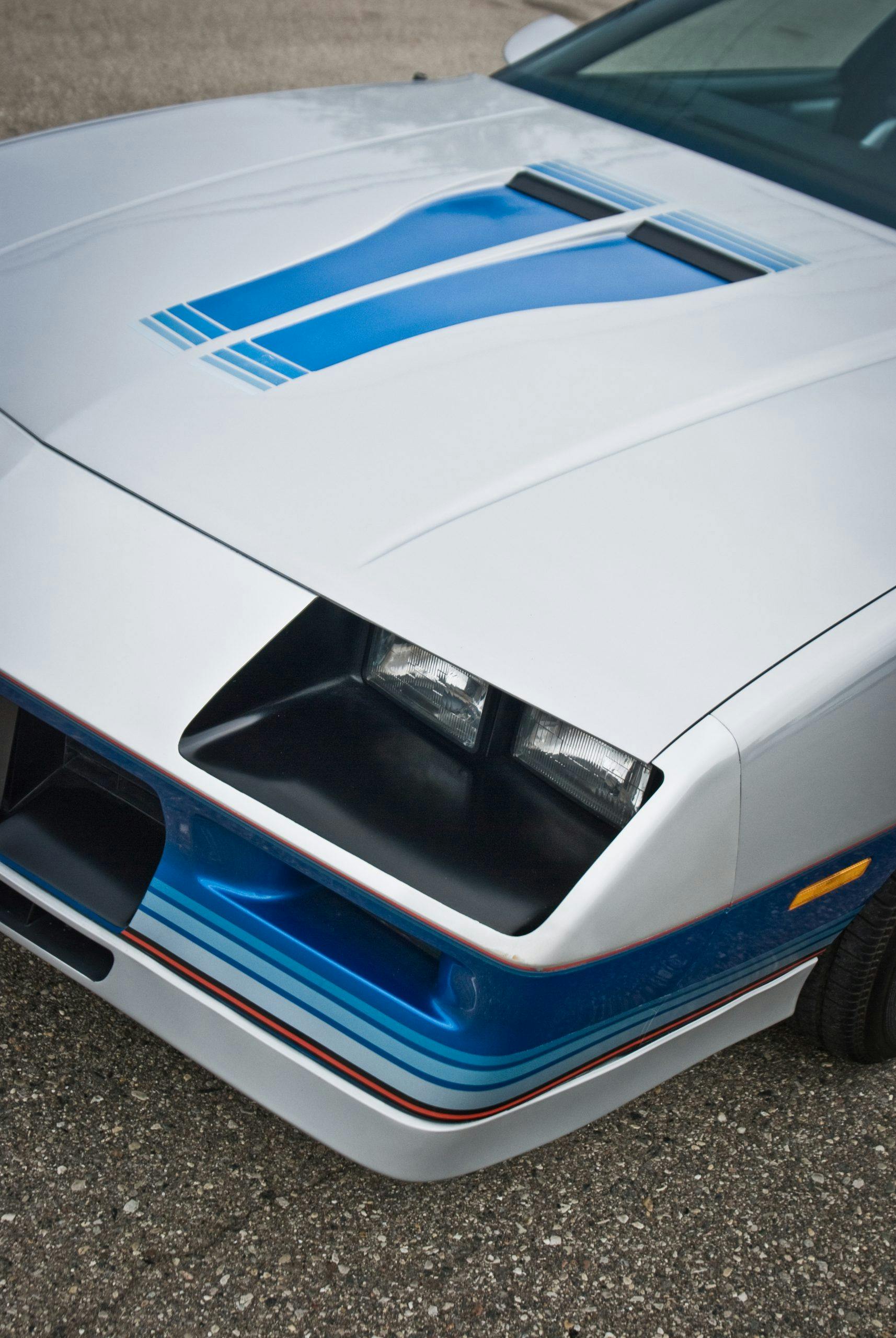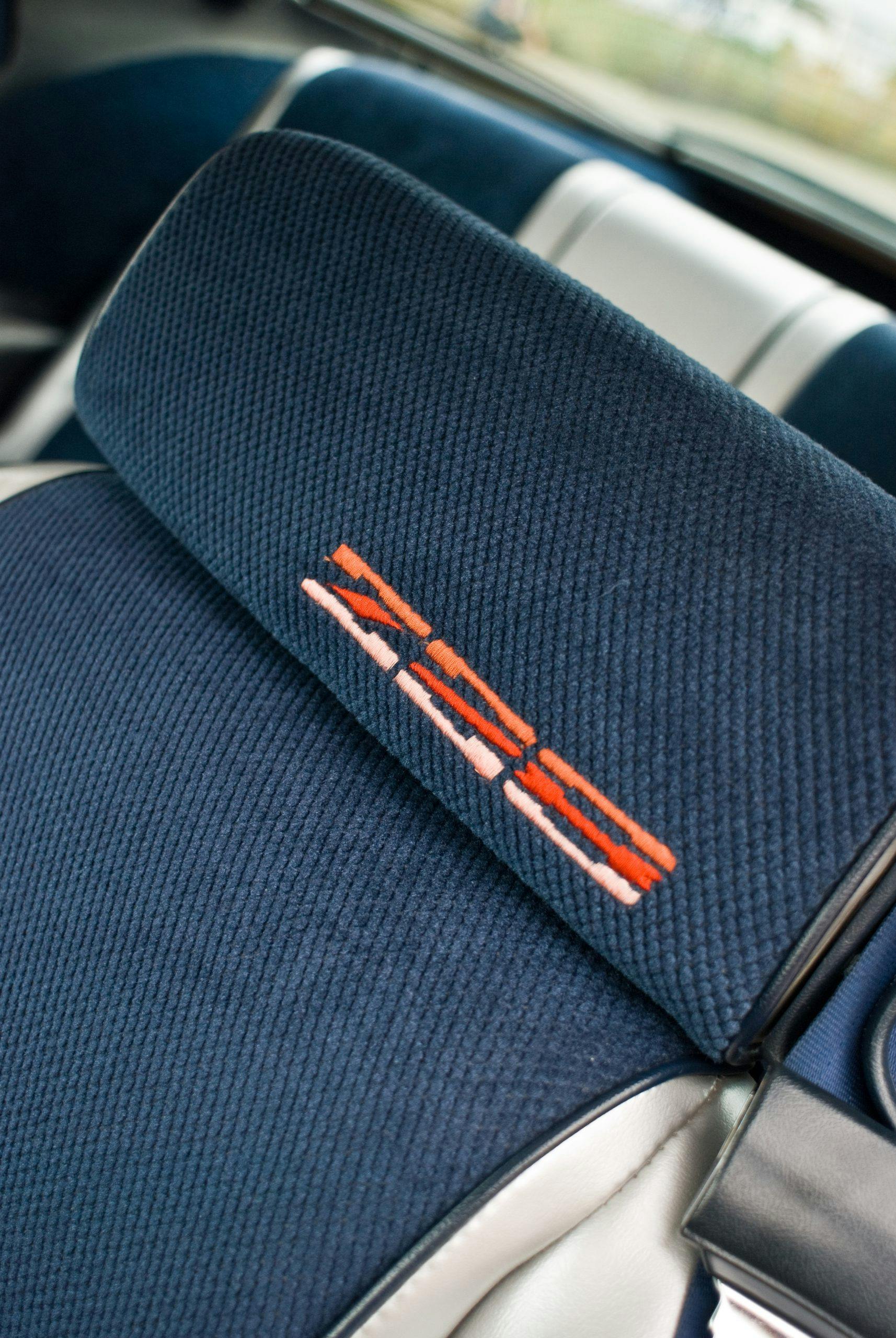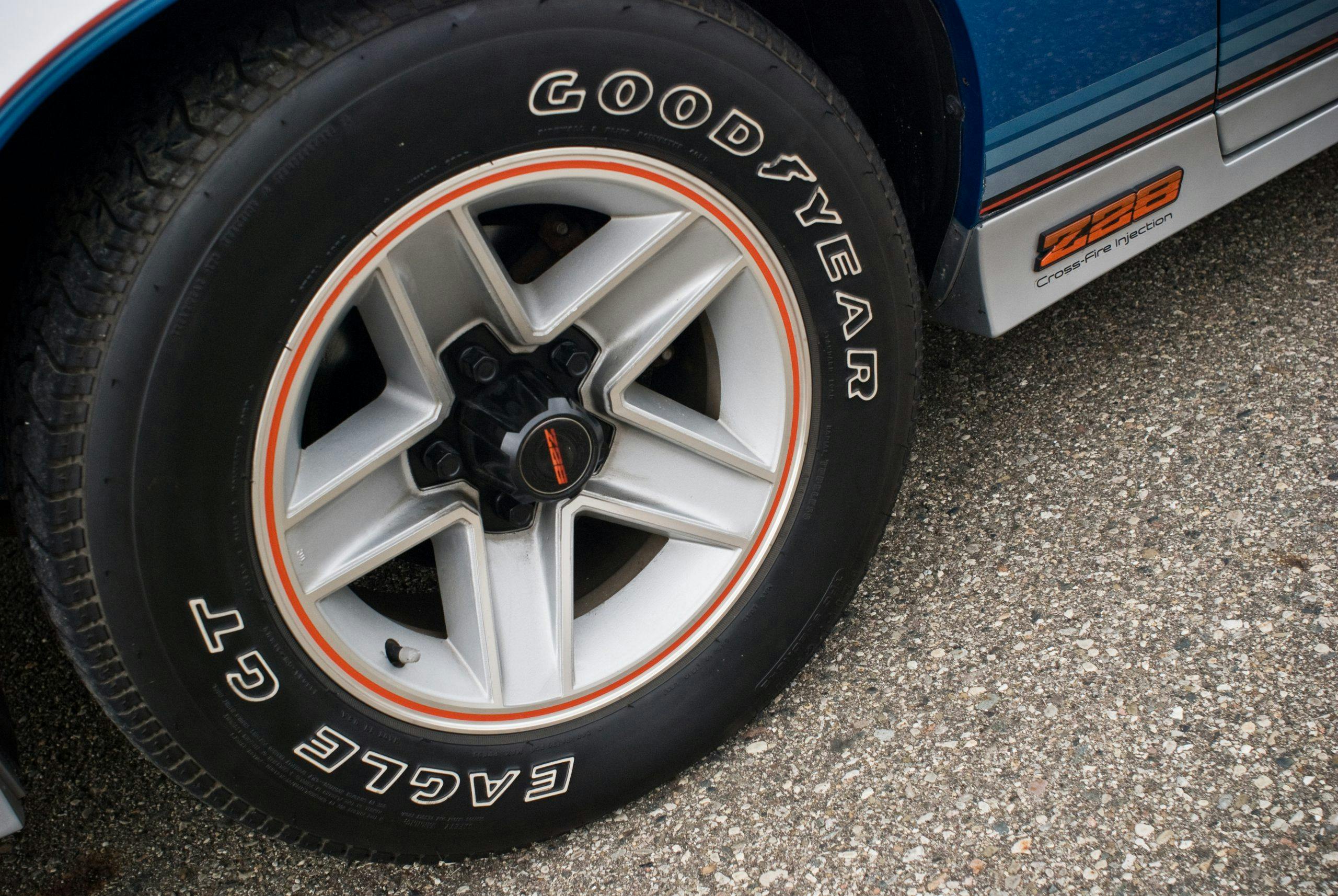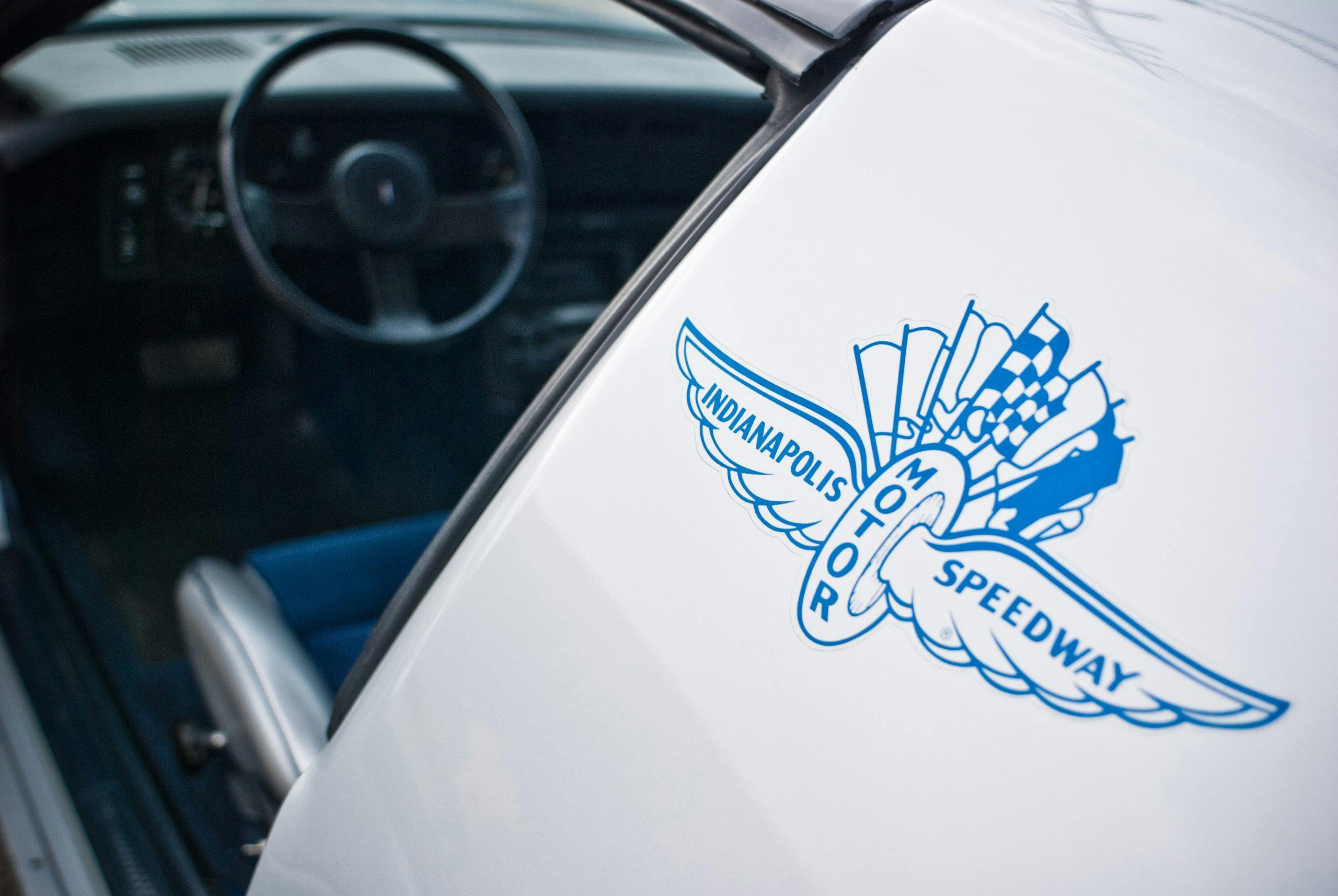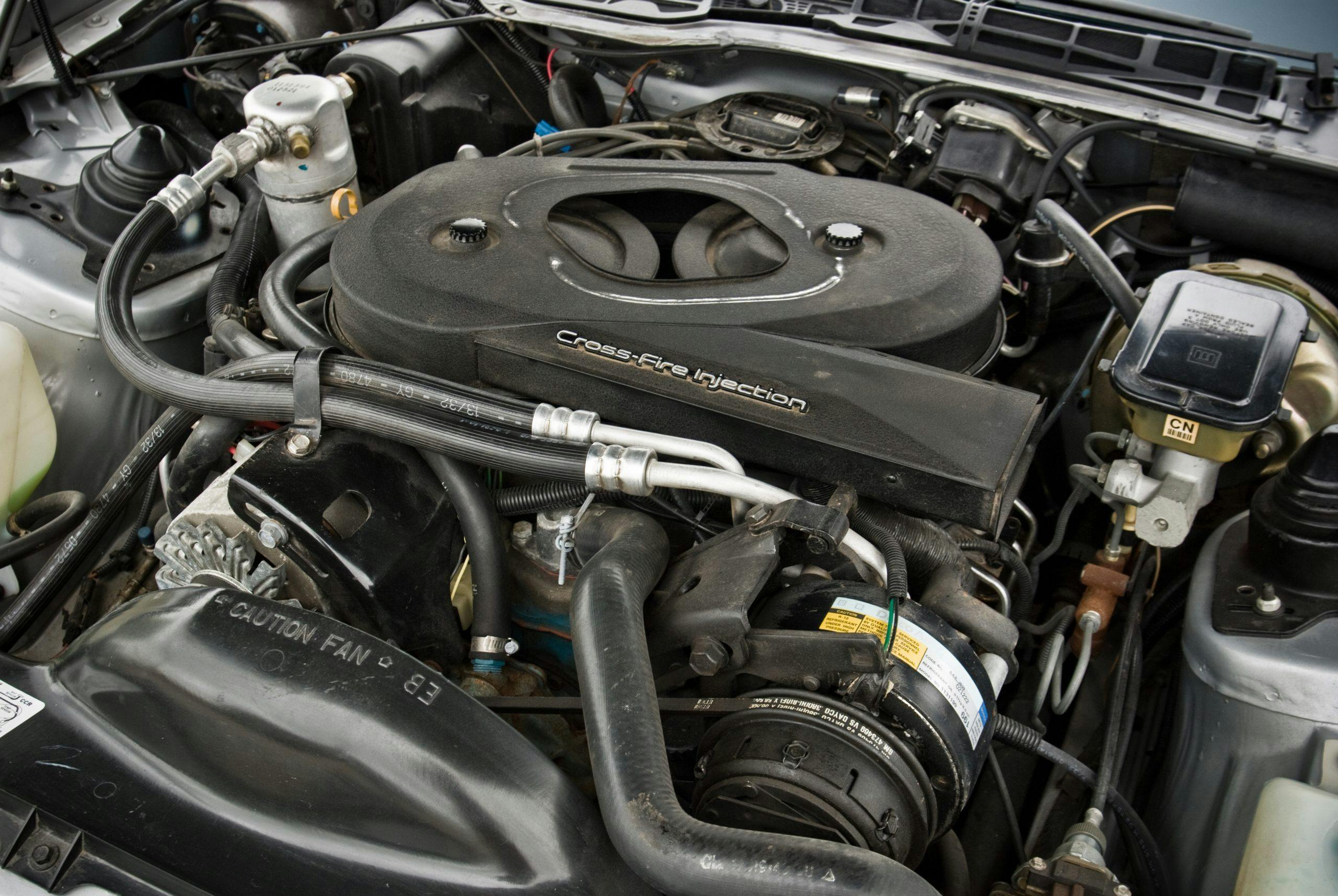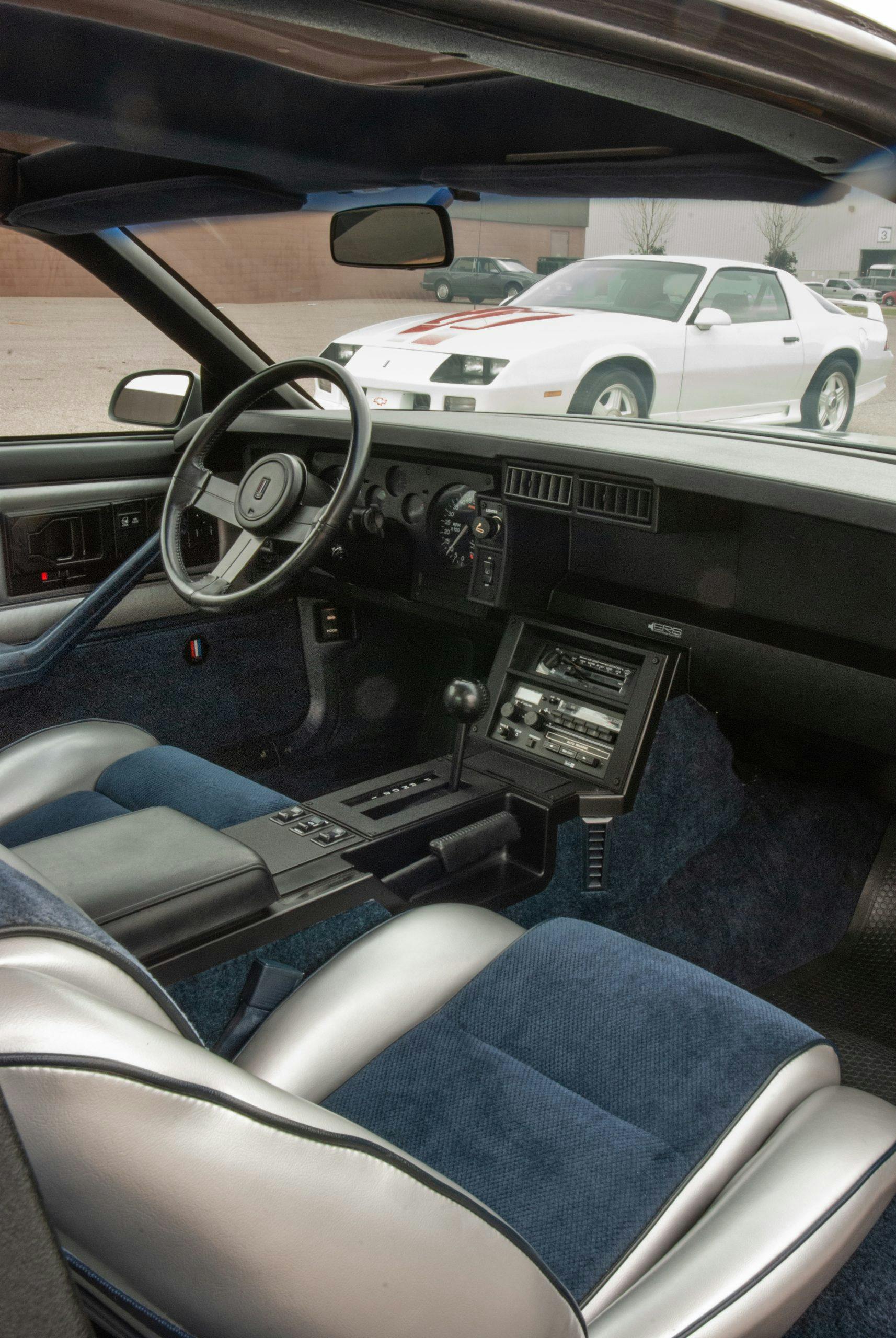When Camaro got rad: The IROC is the big dog, but the ’80s Z/28 remains affordable
There was a collective sigh of relief from the automotive world when Chevrolet’s sleek, third-generation Camaro finally started rolling out of assembly plants in Norwood, Ohio, and Van Nuys, California. Despite dreaded rumors of front-wheel drive, the all-new 1982 model remained rear-drive. The design was sharp and modern, a total departure from the model it replaced, and the lineup included a new Z/28 with V-8 power.
Chevy’s engineers had produced the right car at the right time. The third-gen Camaro was significantly smaller than the second-gen, which had been around since 1970. It rode on a wheelbase that was 7 inches shorter, and it was about 500 pounds lighter. It was also a hatchback. The Z/28 was the only Camaro with a standard V-8, and it offered its own suspension tune, five-spoke aluminum wheels, 215/65R15 white-letter Goodyears, a rear spoiler, ground-effect skirts that started a trend, and a fiberglass hood—a feature that lasted for only two model years.
A 145-hp 305-cubic-inch small-block with a four-barrel carburetor and a four-speed manual were standard on the new Z/28. Optional was the 165-hp 305, fed by Cross-Fire Injection, which put two throttle bodies on a cross-ram manifold. It was paired exclusively with a three-speed automatic. With a base price of over $10,000, the new Z/28 was the most expensive Z/28 Camaro ever, and sales boomed. Chevy sold more than 70,000 that first model year, including 6360 Indy 500 pace car replicas. T-tops were a popular option.

When Car and Driver road-tested a 165-hp Z/28 in January 1982, editors praised its handling but not its acceleration. “When the stoplight turns green and accelerators snap flat to the floor, the Z/28 is Emily Post polite: Everybody else goes first,” wrote Don Sherman. The 0–60 run took 7.9 seconds.
Chevy sold the third-generation Camaro for 10 years and made some upgrades to the Z/28 along the way. In 1983, a five-speed manual and a four-speed automatic with overdrive arrived, along with a more powerful L69 V-8. The four-barrel carbureted 305 H.O. made 190 horsepower and appeared midyear, but it didn’t show up in much of the sales literature, and just 3223 were sold with the mandatory five-speed.
In 1984, Chevy improved the ride quality and killed the Cross-Fire engine altogether. More than 100,000 Z/28s sold that year, the car’s best performance ever, and more than half had the L69. A year later, real horsepower arrived with the optional Tuned-Port Injected LB9 V-8, rated 215 horsepower and only offered with the automatic.
Even bigger news arrived in 1985 with the debut of the IROC sport equipment package, a $659 option on the Z/28. The Z immediately began playing second fiddle to the IROC, both in Chevrolet’s sales literature and on the street. In fact, in 1987, when Chevy finally offered the Camaro with the 220-hp 350-cubic-inch L98 V-8 from the Corvette, its availability was limited to the IROC, named for the International Race of Champions all-star racing series. The hottest Z/28 remained the LB9, though it could now be paired with the five-speed manual.
From 1988–90, Chevy dropped the Z/28 completely, but it was back in 1991, with a clumsy facelift that included a large rear spoiler. By now, power in the L98 had risen to 245 horsepower, but sales were way down. Chevy sold fewer than 7000 Z/28s in 1992, including convertibles, which had been introduced five years earlier.
Third-generation Z/28s are some of the most affordable classic Camaros around. Restoration parts are now commonplace, as are aftermarket upgrades, including LS engine swaps. That’s one way to fix that polite, Emily Post acceleration.
